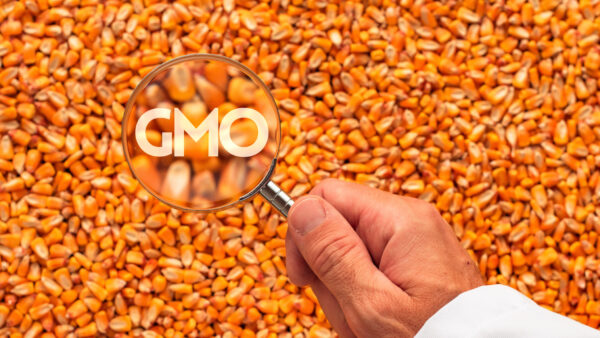Soil sampling and analysis are crucial to determine the chemical and physical conditions of the soil, gearing farmers with the information necessary to make the correct decisions going forward for their crops.
Sampling can take the guesswork out of building a plan with a producer and creates a strong starting point for the season, believes Anita Renwick, agronomist and owner of A1 Agronomy. When preparing for next season, there are important questions that arise. That’s where soil sampling comes in.
“How do we want to allocate our resources as far as the budget this year? What makes the most sense if we have a limited amount of dollars to spend? It just gives that piece of information to understand what’s going on in the big picture,” she says on last week’s episode of Seed Speaks.
While nutrient management is essential to possess a full scope of the field, it is a balancing act that requires educated planning.
“You want to apply enough of a particular nutrient to maximize crop yield. For example, nitrogen. You want to make sure that you apply enough nitrogen to maximize that crop yield and prevent any nutrient deficiencies that might be a limiting factor, but at the same time, you don’t want to apply excess nutrients because it’s an extra cost that you didn’t need to incur,” explains John Breker, soil scientist at AGVISE Laboratories. “You also don’t want to leave extra nitrogen vulnerable in the environment to potential losses, whether it be nitrate leaching, or denitrification, that could have undue environmental consequences.”
In essences, soil testing is the tool used to figure out how much nutrient is already present in soil and how much is needed to maximize ROI without causing undue economic losses or environmental issues, Breker says.
A farm’s location is a massive component in what a grower’s nutrient management plan will end up looking like. Soil areas can contain excess salts, pH levels that are too high or low, unfavorable nutrients levels and more as nutrient availability varies in different areas of the world.
“Depending on where you are, different regions have different soil testing methods, and they are geared to tease out the aspects of that particular nutrient availability,” shares Breker. “Whenever you’re looking at a lab and trying to find the right soil test methods, the important questions to ask are: Is that method suitable for your local soils? Has that soil test method been calibrated for the crops that you’re growing? Do you have local calibration data to convert that soil test result to a usable fertilizer recommendation at the end of the day?”
In addition to location, when a sample is taken can make all the difference in whether a sample will come out accurate or not. The best time to take a sample is post-harvest, according to Renwick.
“We like to time all of our soil sampling post-harvest later in the season,” she says. “On average, it is wise to go ahead as soon as the combine is out of the field. The later that you get into the fall, soil temperatures keep dropping. It’s fair game to just go ahead.”
Samples collected right after the combine has come out, and before fall tillage, offers farmers the best full picture results for planting the upcoming year for two reasons, explains Breker.
“One, it gives you a really good chance to see how much nitrogen was left over from that crop. It gives you a good reflection of how you did for nitrogen management following that crop,” he says. “But the second part, and this is always the most important part, is getting that data ready for planting for next year. The other part about getting samples collected sooner is you have the data on hand so you can make decisions with it. You never know what’s going to happen with weather.”
It’s Never Too Late to Learn
The complex nature of sampling may put off some farmers, yet it is never too late for growers who aren’t familiar with sampling to learn and employ the practice. The best thing a grower can do to begin sampling is to identify what is going wrong in their field.
“Is the issue soil salinity? Do you have a soil erosion issue? Do you have drainage problems? Depending on what the specific problem is, you will have to focus on that particular issue. If it is compaction, you need to focus on soil management, not soil fertility,” says Breker.
A multitude of resources are available for growers, including specialists in the soil testing industry and university extensions. Sampling requires specialized equipment to gather the ideal two-foot sample, so connecting with a retail agronomists or crop consultant is a great first step.

Read more Seed Speaks at:
Healthy Seed Gives You Peace-of-Mind Throughout the Season
Irrigation Stewardship Can Help Fight Droughts
Timing is Key to Manage Corn Lodging
Yield, Yield, Yield: Examining the Power of Modern Trait Development










